Microsoft has unveiled a prototype quantum chip. This development could represent a major step forward in the field of quantum computing. The company has been working on quantum computing for years. This prototype represents tangible progress.
The new chip uses a topological qubit. Topological qubits are different from other types of qubits. They are designed to be more stable. Stability is a major challenge in quantum computing. Qubits are very sensitive to their environment. Small disturbances can cause errors. These errors make quantum computations difficult. Topological qubits aim to solve this problem. They are less susceptible to environmental noise. This inherent stability could make them more reliable.
Microsoft’s approach focuses on these topological qubits. The company believes they are key to building practical quantum computers. Other companies are exploring different types of qubits. These include trapped ions and superconducting qubits. Each type has its own advantages and disadvantages. Microsoft’s bet is on topological qubits.
The prototype chip is a step towards a fault-tolerant quantum computer. Fault-tolerant means the computer can operate reliably even with some errors. This is essential for any practical quantum computer. Current quantum computers are noisy. They produce many errors. This limits their usefulness.
The chip’s design is complex. Building it requires advanced manufacturing techniques. Microsoft has not released full details about the chip’s architecture. More information is expected in future publications. The company is working with academic and industry partners. This collaboration is important for advancing quantum computing.
Quantum computing has the potential to revolutionize many fields. These include medicine, materials science, and artificial intelligence. Quantum computers could solve problems that are impossible for classical computers. Drug discovery is one example. Quantum computers could simulate molecules with greater accuracy. This could lead to the development of new drugs and therapies.
Materials science is another area where quantum computing could make a difference. Designing new materials with specific properties is a complex process. Quantum computers could simulate the behavior of atoms and molecules. This could speed up the discovery of new materials.
Artificial intelligence is also expected to benefit from quantum computing. Quantum computers could train AI models faster and more efficiently. This could lead to breakthroughs in areas like natural language processing and computer vision.
Microsoft’s prototype chip is one piece of the puzzle. Building a full-scale quantum computer is a massive undertaking. Many challenges remain. These include developing better error correction techniques. Scaling up the number of qubits is also a challenge. Current quantum computers have only a limited number of qubits. Building a useful quantum computer will require millions of qubits.
Software development is another key area. New algorithms and programming languages are needed to take advantage of quantum computers. Microsoft is working on developing software tools for quantum computing. This will make it easier for researchers and developers to use quantum computers.
The development of the prototype quantum chip is a significant milestone. It shows that Microsoft is making progress in its quantum computing efforts. While many challenges remain, this development provides hope for the future of quantum computing. The company’s focus on topological qubits could prove to be a winning strategy.
The quantum computing field is rapidly evolving. New discoveries and breakthroughs are happening all the time. It is difficult to predict when a fully functional, fault-tolerant quantum computer will be built. However, Microsoft’s prototype chip is a positive sign. It brings the dream of practical quantum computing a little closer to reality. The company’s investment in research and development is paying off.
The announcement of the prototype chip has generated excitement in the scientific community. Researchers are eager to see more details about the chip’s capabilities. The chip’s performance will be closely watched. This will help determine the viability of topological qubits.
Quantum computing is still in its early stages. It will likely be many years before quantum computers are widely used. However, the potential benefits are so great that the effort is worthwhile. Microsoft’s prototype chip is a reminder of the progress that is being made. It is a testament to the hard work and dedication of the researchers and engineers working in this field. The future of quantum computing looks bright.






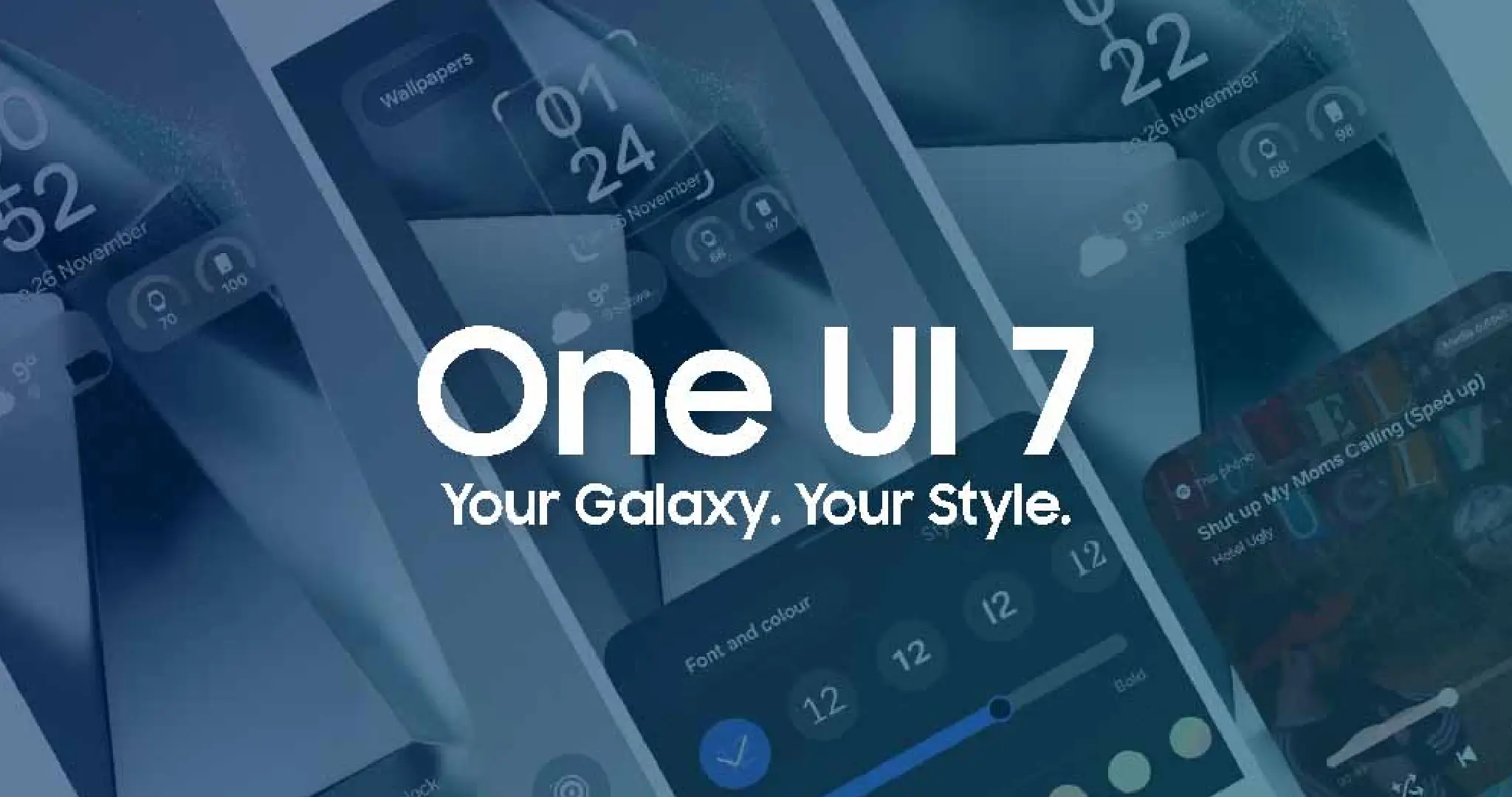


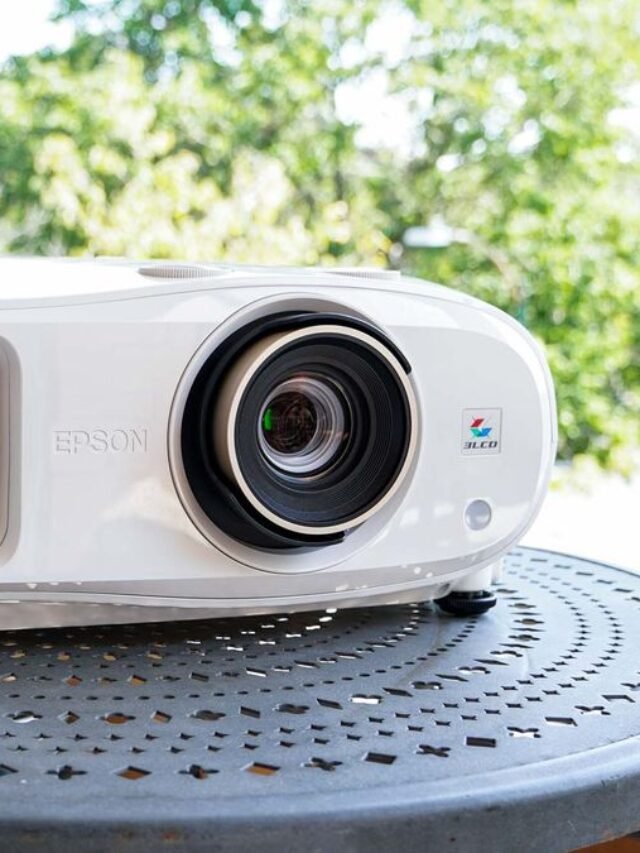
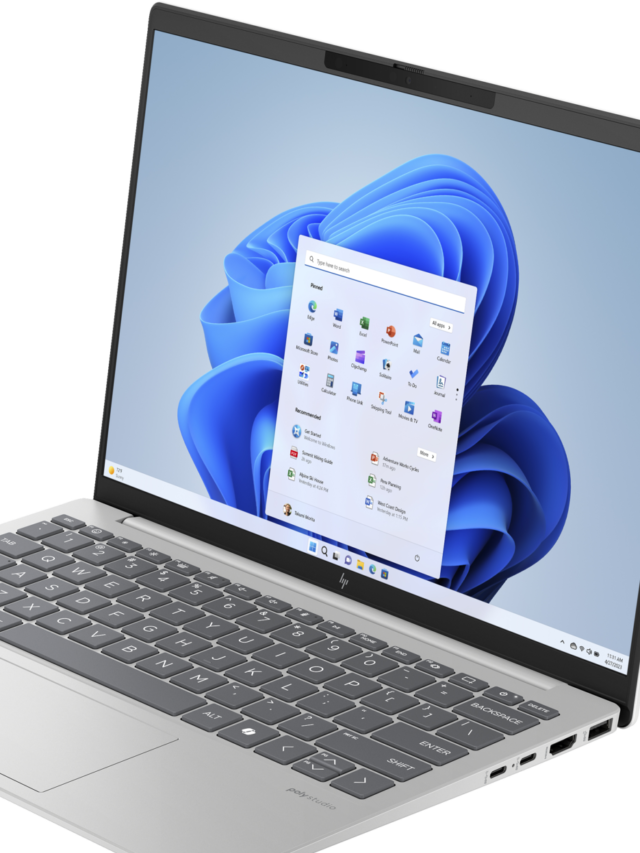
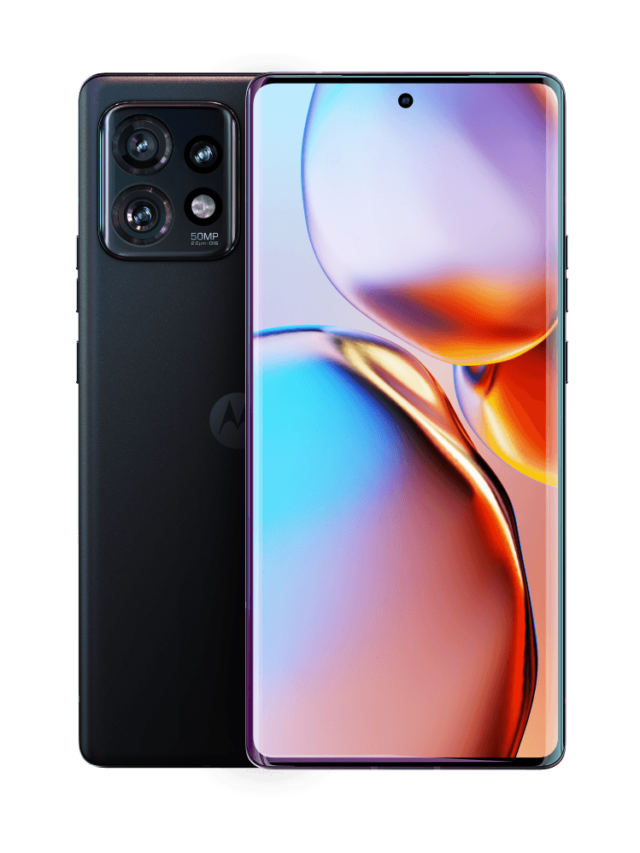



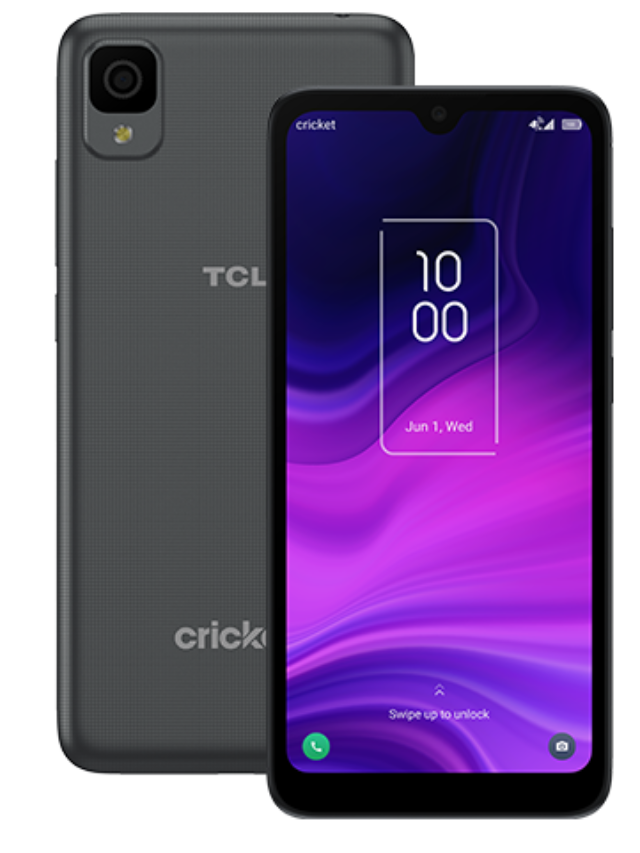

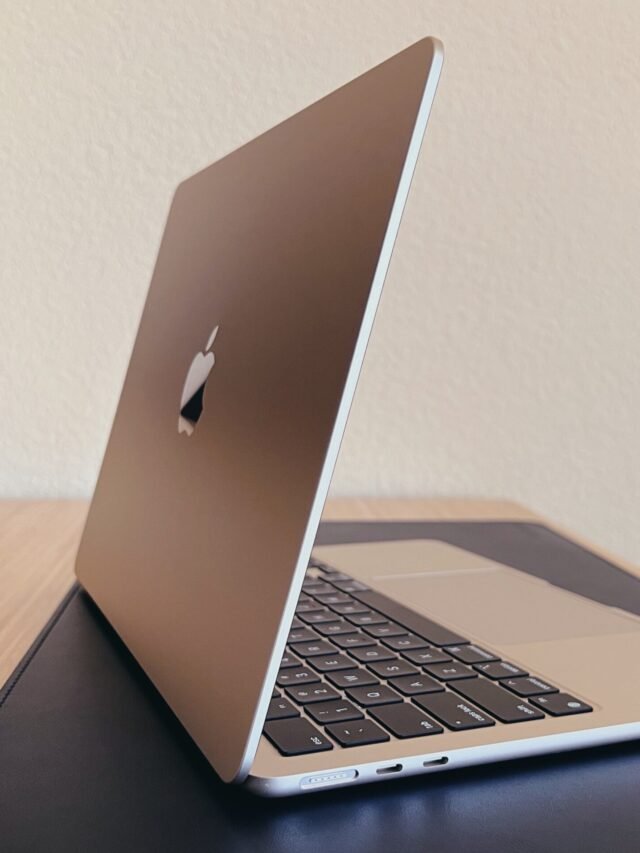
Add Comment